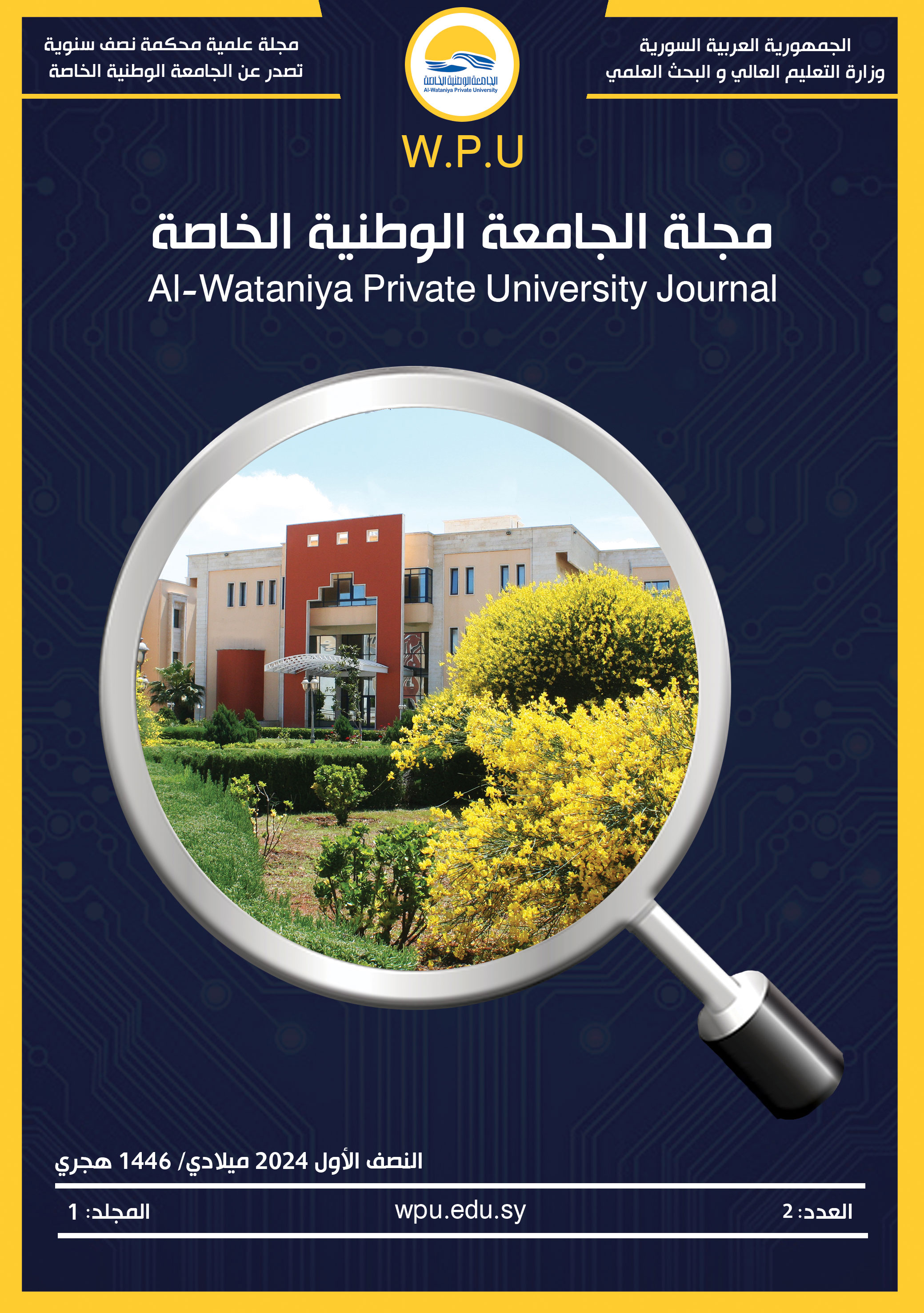Studying the effect of some compounds found in some essential oils on the penicillin-binding protein in Staphylococcus aureus, using molecular docking
Keywords:
Staphylococcus aureus, essential oils, molecular modeling, docking, transpeptidaseAbstract
taphylococcus aureus is one of the main causes of skin and soft tissue infections. Due to the indiscriminate use of antibiotics and the increase in resistance to them, we have an urgent need to discover new antibiotics. Therefore, we turned to studying essential oils, as they are one of the most important modern natural treatments that have proven effective in combating many diseases. Conducting a statistical reference study on some compounds found in some essential oils, where 89 compounds extracted from 45 essential oils were selected, and they were studied using modern pharmaceutical techniques, including molecular docking, then these compounds were studied according to Lapinski’s rules and Weber’s rules, which are rules that express bioavailability and drug kinetics. (Absorption, distribution, metabolism, excretion). In this research, the penicillin-binding protein PBP-4 of Staphylococcus aureus was targeted with some compounds found in some essential oils, and their effectiveness was evaluated computationally using molecular modeling. The computer study was conducted using two programs IGemDock and Argus Lab. The results of molecular modeling showed that the compounds Gastrodin, Oleanolic acid, Apigenin, Stearic acid, and Oleic acid binding energies estimated as follows: -108.91, -100.55, -99.51, -97.77. , -90.52, may be potential targets for penicillin-binding protein PBP-4.Downloads
Download data is not yet available.
Downloads
Published
2024-06-17
License
Copyright (c) 2024 Journal of Al-Wataniya Private University

This work is licensed under a Creative Commons Attribution-NonCommercial-NoDerivatives 4.0 International License.
How to Cite
Studying the effect of some compounds found in some essential oils on the penicillin-binding protein in Staphylococcus aureus, using molecular docking. (2024). Journal of Al-Wataniya Private University , 1(2), 48-62. https://wpu.edu.sy/wpuj/index.php/wpuh/article/view/32





